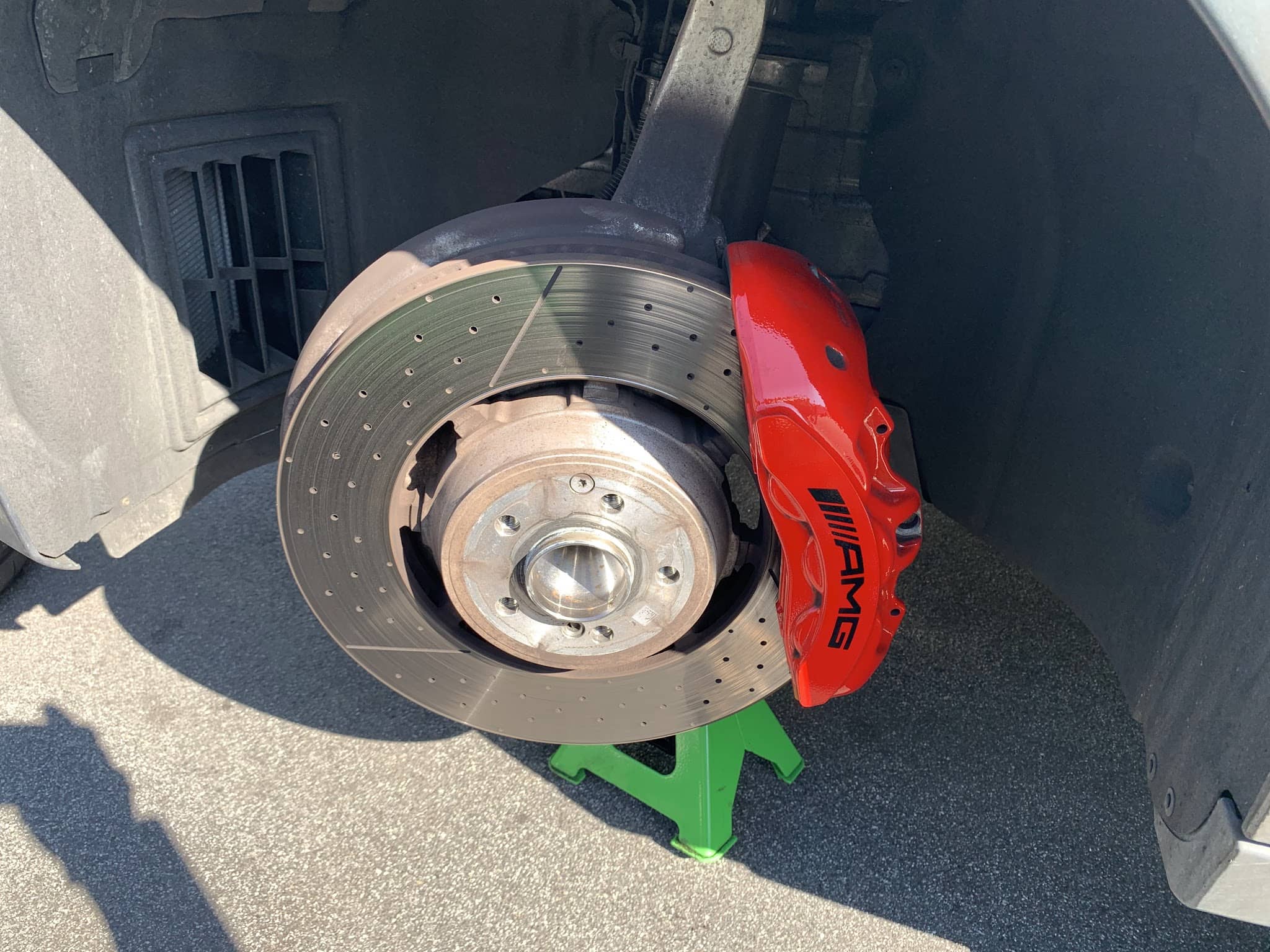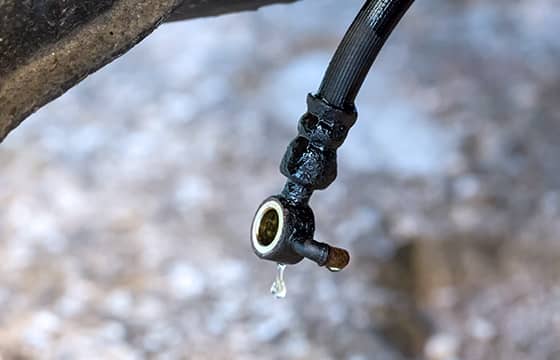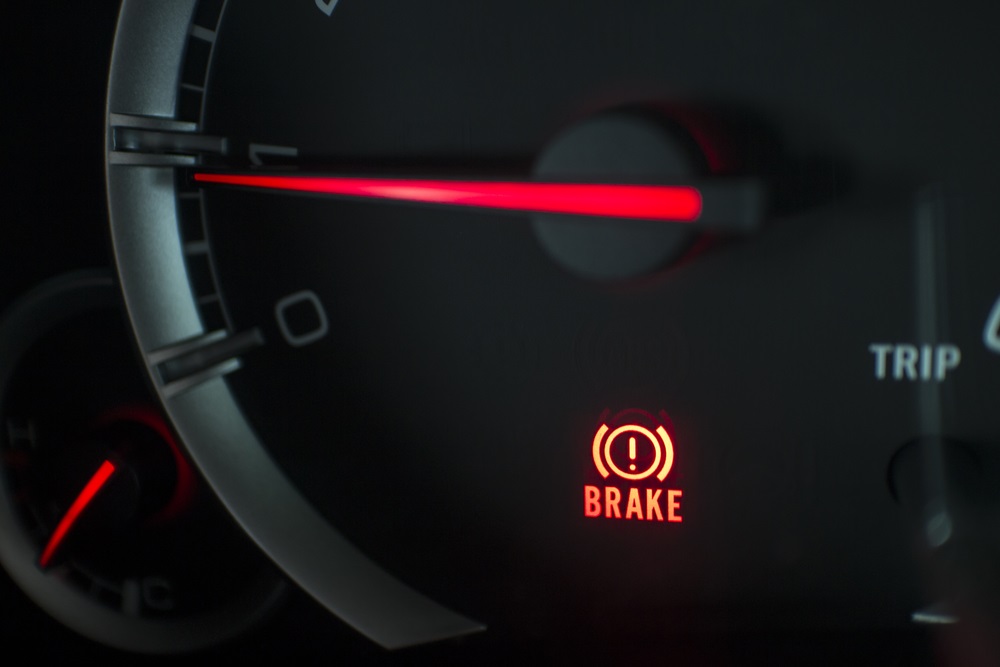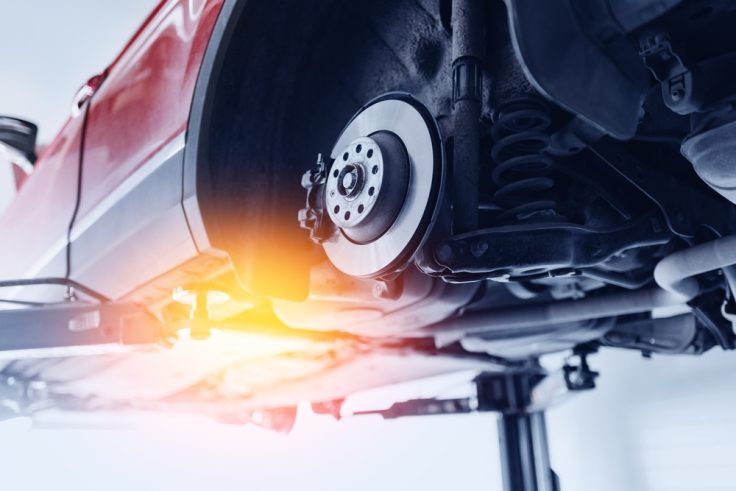Your vehicle’s service brake is a critical component of your safety on the road. It helps you slow down, stop smoothly, and avoid accidents. Ignoring warning signs of brake issues can lead to dangerous situations and costly repairs. In this article, we will explore the top 5 signs that your service brake needs immediate attention, ensuring that you and your passengers stay safe.
1. Squeaking or Grinding Noises
Description:
Unusual sounds like squeaking or grinding when you apply the brakes often indicate worn brake pads or damaged brake components. This is a clear sign that your service brake needs inspection.
Why Do Brakes Make Noise?
Brakes can make noise due to metal-on-metal contact, dirt in the brake components, or worn-out brake pads. A squeaking noise might mean the wear indicator on your pads is contacting the rotor, signaling a need for replacement. Grinding sounds, however, are more severe and may indicate that the brake pads are completely worn through, causing rotor damage.
What Should You Do?
If you hear these noises, schedule a brake inspection as soon as possible. Continuing to drive with these sounds can increase the risk of brake failure.
2. Reduced Brake Responsiveness
Description:
A soft or spongy brake pedal feel is a clear indication that your service brake assist is not functioning properly. This issue may stem from air in the brake lines, brake fluid leaks, or a failing master cylinder.
How Does Service Brake Assist Impact Responsiveness?
The service brake assist system amplifies the force you apply to the brake pedal. When the system malfunctions, you might have to press harder on the pedal to achieve the same braking force, which can be dangerous, especially in emergencies.
Immediate Actions to Take
Check your brake fluid level. If it’s low, top it up and monitor the brake performance. However, since this may only be a temporary fix, you should visit a mechanic to address potential issues in the service brake assist system.

3. Vibrations When Braking
Description:
If you feel vibrations or pulsations when applying the brakes, it could indicate warped rotors or uneven brake pad wear.
What Causes Brake Vibrations?
Brake vibrations often occur when the brake rotors are not flat or when the brake pads wear unevenly. Over time, rotors can warp due to heat or stress, causing a shaky feeling when you press the brake pedal.
How to Address Vibrations
You should have your brakes inspected by a professional to determine if the rotors need resurfacing or if the brake pads require replacement.
Read More: Read More: 5 Signs It’s Time for a Brake Pad Replacement
4. Warning Light on the Dashboard
Description:
Modern vehicles come with a brake warning light on the dashboard. If this light illuminates, it could signal a problem with the service brake system.
Understanding Brake Warning Lights
Your vehicle’s dashboard might display a brake light when there is an issue with the braking system, such as low brake fluid, a problem with the anti-lock brake system (ABS), or a parking brake that hasn’t been fully released.
When to Seek Help
If the brake warning light turns on, do not ignore it. Consult your vehicle’s manual to understand the light’s meaning and visit a mechanic to diagnose and fix the issue.

5. Vehicle Pulling to One Side
Description:
When your car pulls to one side while braking, it could indicate a brake caliper issue, uneven brake pad wear, or a problem with the brake hose.
Common Causes of Vehicle Pulling
Pulling can happen when a brake caliper is stuck, causing uneven pressure on the brake pads. A brake fluid leak or misalignment can also cause this issue, making your vehicle difficult to control.
What to Do
If your vehicle pulls to one side, it is crucial to have your brakes inspected immediately. This issue can reduce your control over the vehicle, particularly in emergency braking situations.
How To Fix a Service Brake System:
Fixing a service brake system involves several steps, depending on the issue. Here’s a quick guide:
- Inspect the Brake Components: Check the brake pads, rotors, calipers, and brake lines for wear and damage.
- Check Brake Fluid Levels: Low or contaminated brake fluid can affect braking performance. Top up or replace the fluid as needed.
- Replace Worn Brake Pads: If the pads are worn out, replace them immediately to restore proper braking.
- Resurface or Replace Rotors: Warped or damaged rotors can cause vibrations and reduce braking efficiency.
- Bleed the Brake Lines: If the brake pedal feels spongy, there may be air in the brake lines. Bleeding the lines can restore proper hydraulic pressure.
- Test the Brake System: After making repairs, test the brakes at low speed in a safe area to ensure they function correctly.
If you are unsure or uncomfortable with any of these steps, it is recommended to seek professional help to avoid compromising your safety.

Why is My Service Brake System Light On?
If your service brake system light is on, it could indicate several potential issues:
- Low Brake Fluid: A common reason for the brake light to come on is low brake fluid in the reservoir.
- Worn Brake Pads: Many vehicles have sensors that trigger the light when brake pads are too thin.
- ABS (Anti-lock Braking System) Issues: Problems with the ABS could cause the brake light to illuminate.
- Engaged Parking Brake: Ensure the parking brake is fully released, as this can also trigger the light.
- Brake System Leak: A brake fluid leak can reduce hydraulic pressure, causing the warning light to turn on.
- Faulty Sensors or Wiring: Electrical issues such as damaged sensors or wiring faults might also activate the light.
If your service brake system light is on, it’s crucial to diagnose and resolve the issue promptly to maintain safe braking performance.
FAQ: Common Questions About Service Brakes
WHAT IS A SERVICE BRAKE?
A service brake is the primary braking system of a vehicle, responsible for slowing down or stopping during normal driving conditions.
HOW OFTEN SHOULD I CHECK MY SERVICE BRAKES?
It’s recommended to check your service brakes every 10,000 to 12,000 miles or at least once a year. However, if you notice any signs of brake issues, you should have them inspected immediately.
CAN I DRIVE WITH A BRAKE WARNING LIGHT ON?
No, driving with a brake warning light on is not recommended. It could indicate a serious issue with your braking system that requires immediate attention.
WHAT HAPPENS IF I IGNORE BRAKE ISSUES?
Ignoring brake issues can lead to reduced braking performance, increased stopping distance, and in severe cases, total brake failure, putting you and others at risk.
HOW MUCH DOES A BRAKE REPAIR COST?
The cost of brake repair can vary widely depending on the issue. Brake pad replacement may cost between $150 to $300, while more extensive repairs involving rotors or brake lines can be significantly more.
Conclusion
Your service brake is vital to your safety on the road. Paying attention to signs like unusual noises, reduced responsiveness, vibrations, warning lights, and vehicle pulling can help you avoid dangerous situations. If you notice any of these signs, contact a professional brake service immediately to ensure your vehicle remains safe and reliable.
For expert brake services, visit EZ Brakes and let our experienced technicians provide the quality maintenance and repairs you need. Stay safe and drive confidently!



